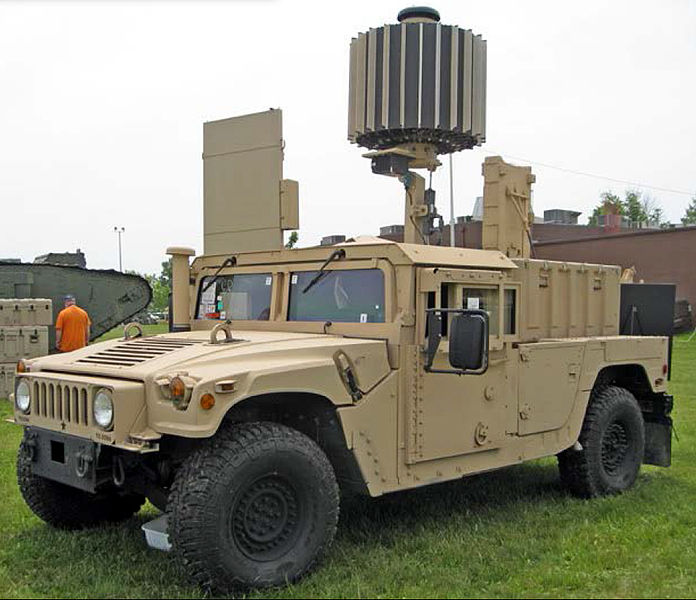On April 8, I posted on one of Five Scenarios of Giving up on Nuclear Weapons created by Jamais Cascio at Reinventors, which describes its mission thusly: “Reinventors provides a new way to accelerate innovation and help solve complex challenges using the powerful new medium of interactive group video.”
The fourth scenario, titled “Sticks and Stones,” is especially disturbing. It’s easy to say “Watch out what you wish for?” about nuclear disarmament, because disarming, no matter how thoroughgoing the verification program, inevitably opens a window of national-security vulnerability, if only a crack. But “Watch out what you wish for?” has other implications as well. Cascio:
It’s important to recognize that, historically, the primary reason for relinquishing a form of military technology has been the introduction of a superior form.
He demonstrates how this might come to pass.
The combination of an increasingly viable nuclear defense and increasingly unreliable weapons meant that, by the late 2020s nuclear weapon states began to seriously question the future of nuclear deterrence.
In the 2030s, military strategists and engineers in the leading global powers assembled designs for space-based alternatives to nuclear weapons. China, a world leader in the mining of tungsten, took a “sticks” approach: massive, telephone pole-sized tungsten rods on 46 platforms in high Earth circumpolar orbit, able to hit any location on the planet in under six hours, and with a mass and density able to shrug off any directed energy weapon. Tungsten rods would hit with an impact of ten to twenty kilotons, but resulted in no fallout, no radioactive mess, and no EMP—they were, for all intents and purposes, just extremely large spears. Russia took a similar approach.
… The United States went a different direction [and] took advantage of a nascent asteroid mining and recovery industry (born in the wake of the successful Mars voyages) to set up a system that could selectively target locations on the Earth with asteroids—literally big “stones.”
However unlikely those particular weapons are to be developed, you get the idea. Weapons of less-than-critical-mass destruction and that don’t lead to radiation or nuclear winter would be, at least marginally, less of a threat to mankind. Of course, as Cascio writes:
There is a very real possibility that we could successfully eliminate nuclear weapons without substantially altering the nature of international politics and behavior.
That would be unfortunate. The emergency that the existence of nuclear weapons poses presented us humans with a tremendous opportunity — one that spanned decades — to look in the mirror and ask ourselves whether defending ourselves by threatening to inflict mass death on those deemed our enemy, while being threatened with same, was a safe and sound national-security policy for an ostensibly civil society.
Disarmament activists and advocates need to keep a close watch on whatever the military and the defense industry devises to replace nuclear weapons.

